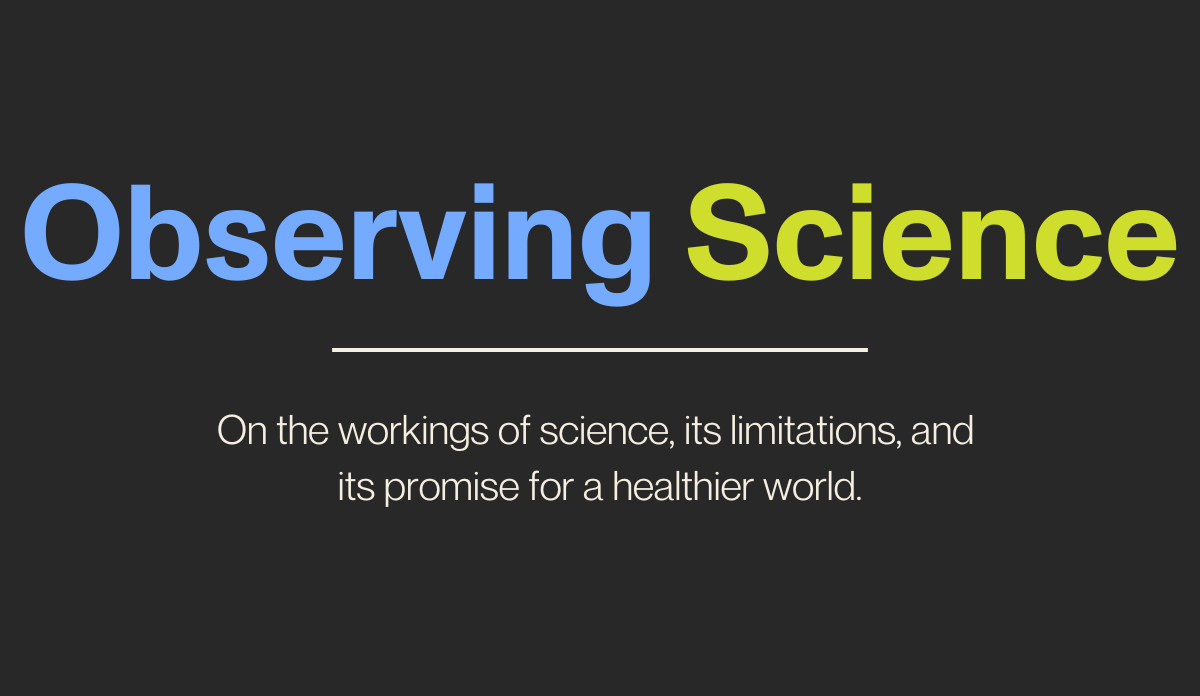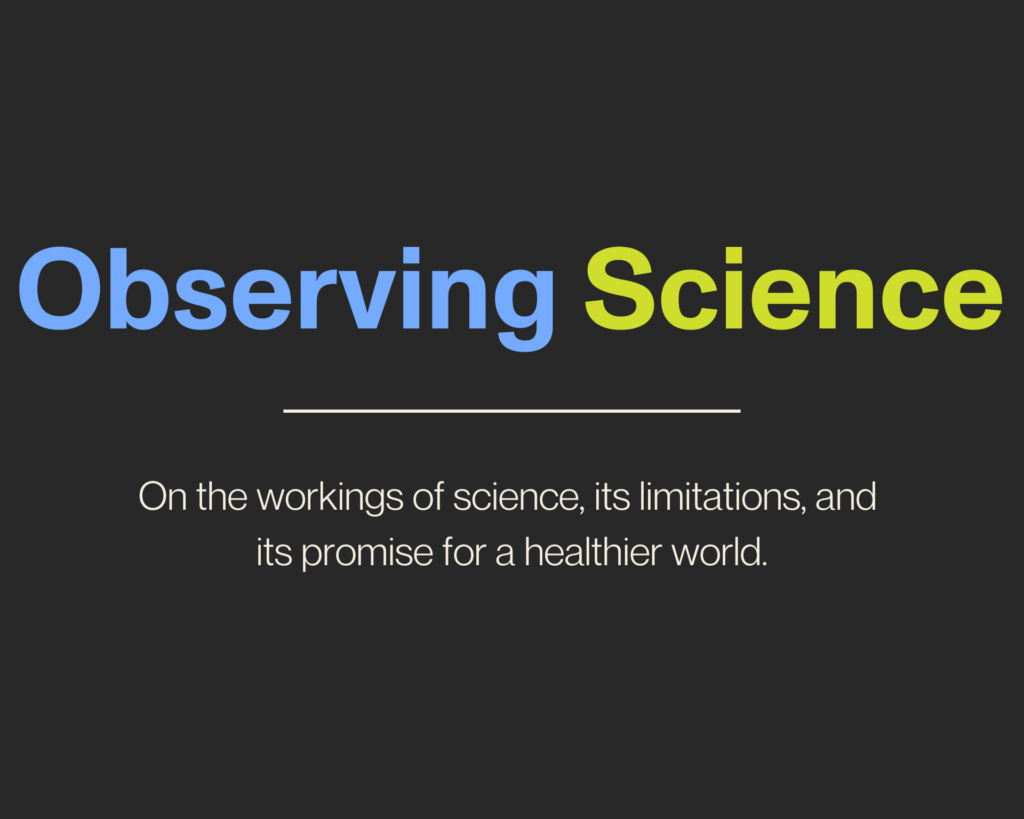Science and Safety
On the FDA and the need to ensure that products of science remain safe from unscientific interference.

Read Time: 5 minutes
Published:
The work of science can at times be abstract, ideas and experiments emerge from labs and are published in academic journals. But science leads to technological innovation, and the many products of science reach the general public and become part of daily life. The regulatory agencies that ensure safety of these products play a critical role then in the business of science.
For biomedical science, this regulation happens through the Food and Drug Administration (FDA). At the creation of the FDA following the Food, Drug and Cosmetic Act of 1938, the mission called for “experts qualified by scientific training and experience to investigate the safety of drugs.” FDA approval has become our cultural stamp of confidence, efficacy, and security in the products of biomedical research
This puts the FDA in charge of monitoring U.S. products, accounting for more than 20 percent of all consumer spending, including prescription drugs, vaccines, cosmetics, food coloring, tobacco products, and medical devices. Despite having a political appointee at its head, the FDA has maintained a reputation as a science-focused agency, but recently politics and misinformation have interfered with the work of what was created as an apolitical organization nearly a century ago.
Operationally, the work of the FDA is vast, involving nearly twenty thousand federal employees who regulate products produced and distributed by more than 60,000 food companies, 37,000 medical device firms, 19,000 human drug companies, and 12,000 firms that make and sell animal drugs and medicated feeds. The FDA’s enormous inspection function—20 percent of all U.S. imports are food and food products—acts like an intelligence agency. The FDA is an essential part, in the current moment’s jargon, of the deep state, an administrative structure tasked with the essential work of government, in this case fostering innovation and bringing products to consumers.
Given its scope and reach it is perhaps inevitable that the FDA is the focus for complaint and a bellwether of the social, economic, political, and legal forces affecting applied science over the past century.
Despite these challenges, to its credit, the FDA maintains a well-earned reputation as an indispensable safeguard on the products of science.
What are the complaints? Too slow? Some critics argue that the pre-FDA process of drug development and testing—including the various stages of clinical trials—takes too long and costs too much, stifling innovation and driving up prices.
Too fast? The FDA approves the overwhelming majority of new drugs up for consideration, and does so at a quicker pace than any other nation; 64 percent of innovative new drugs were approved by the FDA before they received approval in any other country in the world. Yet drugs approved under expedited programs can later be found to have dangerous side effects or be far less effective than first thought.
There are other concerns, as well. The FDA does not compare competing medications (requiring only a test of a new prescription drug versus placebo) and rarely requires tests of clinical efficacy for new devices. It does not assess cost-effectiveness, and value for money is not considered in approval. The agency does not review direct-to-consumer advertisements before they appear. Evaluation suggests post-marketing surveillance of drugs and devices is inadequate; as more new drugs are approved, larger numbers of adverse reactions are inevitable. In that vein, regulators allowed too many opioids on the market without properly publicizing their addictiveness, contributing to the overdose epidemic of the past fifteen years. Many widely used products, like CBD, get no oversight at all.
We want to believe that the approval process—the external boards of scientists assembled to offer opinion about data submitted by companies for their products—is independent. But there have been documented conflicts of interest (i.e., stock ownership, consulting fees, research grants) among some members of the FDA’s advisory committees. Using well-known government-to-industry revolving doors, FDA staff often leave for jobs at the companies they had regulated. Perhaps more concerningly, nearly half of the FDA budget is funded by user fees from pharmaceutical companies that pay the agency for every drug they review. There have been calls to remove the agency from the Department of Health and Human Services and make it independent of political interference, like the Federal Reserve and the Social Security Administration.
Meanwhile, there is a tension between consumer groups that want medical products to be proven safe and effective before wide distribution, and those who prefer a bare minimum of safety testing, allowing patients to decide for themselves what to use. Libertarians argue for deregulation and limiting the scope of the FDA and most states have passed versions of right-to-try laws, which allow terminally ill patients to sidestep FDA approval once they have received permission from a company.
Despite these challenges, to its credit, the FDA maintains a well-earned reputation as an indispensable safeguard on the products of science. That we seldom give a second thought to whether a particular drug, device, or cosmetic is safe is testament to the system we have built. It is on us to maintain this system, to ensure that the products of science remain safe from unscientific interference.
Previous Issue: Patent Rights and Wrongs




